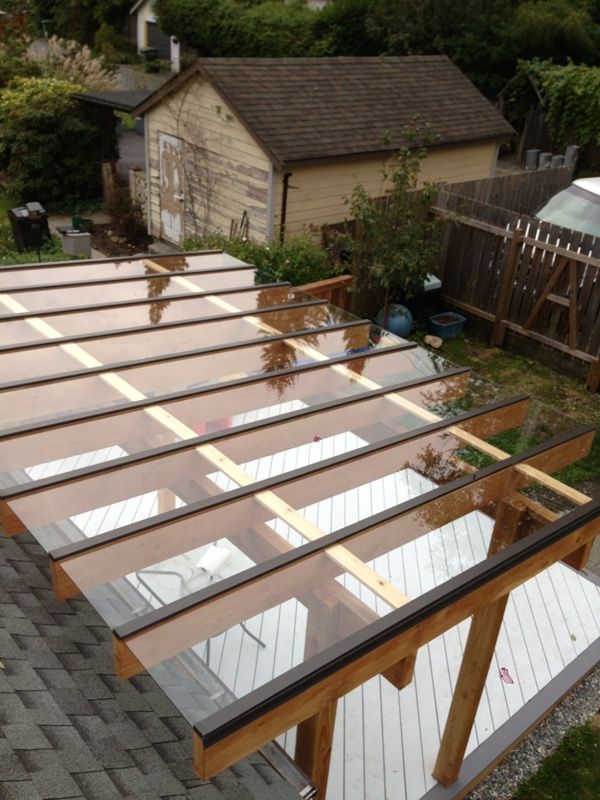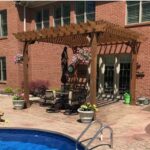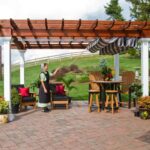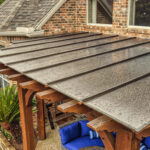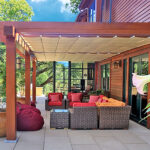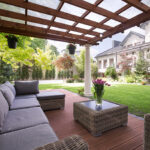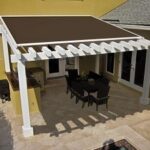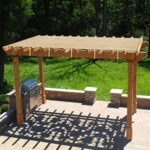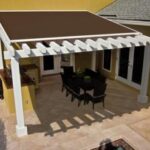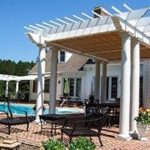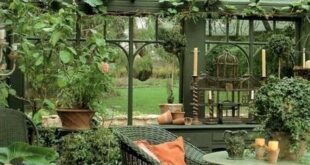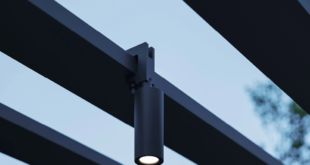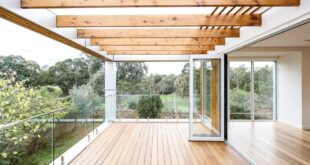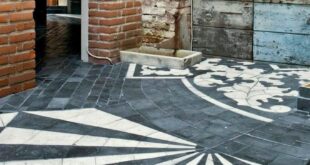A pergola is a beautiful and functional addition to any outdoor space. It provides shade, shelter, and a cozy atmosphere for relaxing and entertaining. However, to fully enjoy your pergola, it is essential to choose the right cover to protect it from the elements and extend its lifespan.
When it comes to selecting a cover for your pergola, there are several factors to consider. From material and design to maintenance and durability, choosing the right cover can make a significant difference in the longevity and appearance of your pergola. In this ultimate guide, we will explore the key considerations to keep in mind when selecting a cover for your pergola.
Material:
One of the most critical factors to consider when choosing a cover for your pergola is the material. There are several options available, each with its own set of benefits and drawbacks. Some of the most common materials used for pergola covers include:
– Fabric: Fabric covers are lightweight, easy to install, and available in a wide range of colors and patterns. They provide excellent protection from the sun and can be easily removed and cleaned. However, fabric covers may fade or deteriorate over time, especially if exposed to harsh weather conditions.
– Metal: Metal covers, such as aluminum or steel, are durable, weather-resistant, and low maintenance. They provide excellent protection from the sun, rain, and snow, and can be customized to fit any size or shape of the pergola. However, metal covers can be more expensive than other options and may require professional installation.
– Wood: Wood covers, such as cedar or redwood, are a popular choice for pergolas due to their natural beauty and durability. Wood covers can be stained or painted to match the existing decor and can provide excellent protection from the sun and rain. However, wood covers may require regular maintenance, such as sealing or staining, to prevent rot or decay.
Design:
In addition to material, the design of the cover is another crucial factor to consider when selecting a cover for your pergola. The design of the cover should complement the style and architecture of the pergola while providing adequate protection from the elements. Some popular design options for pergola covers include:
– Retractable: Retractable covers are a versatile option that allows you to open or close the cover as needed. This provides flexibility in controlling the amount of sunlight and shade in your outdoor space. Retractable covers are typically made from fabric or metal and can be manually operated or motorized for added convenience.
– Louvered: Louvered covers feature adjustable slats that can be opened or closed to control the amount of sunlight and ventilation in your outdoor space. Louvered covers are typically made from metal or wood and can provide excellent protection from the sun and rain. They are a stylish and functional option for pergolas.
– Shade sails: Shade sails are a modern and sleek option for pergola covers. These triangular or rectangular fabric panels are anchored to the pergola posts and provide shade and protection from the sun. Shade sails are available in a variety of colors and sizes, making them a versatile and customizable option for pergolas.
Maintenance:
Finally, when choosing a cover for your pergola, it is essential to consider the maintenance requirements of the cover. Depending on the material and design of the cover, maintenance may vary, so it is essential to choose a cover that fits your lifestyle and budget. Some covers may require regular cleaning, sealing, or painting to maintain their appearance and functionality, while others may be more low maintenance.
In conclusion, protecting your pergola with the right cover is essential for maintaining its beauty and functionality. By considering factors such as material, design, and maintenance, you can choose a cover that fits your style and needs while providing adequate protection from the elements. Whether you opt for a fabric, metal, or wood cover, selecting the right cover will help you enjoy your pergola for years to come.
